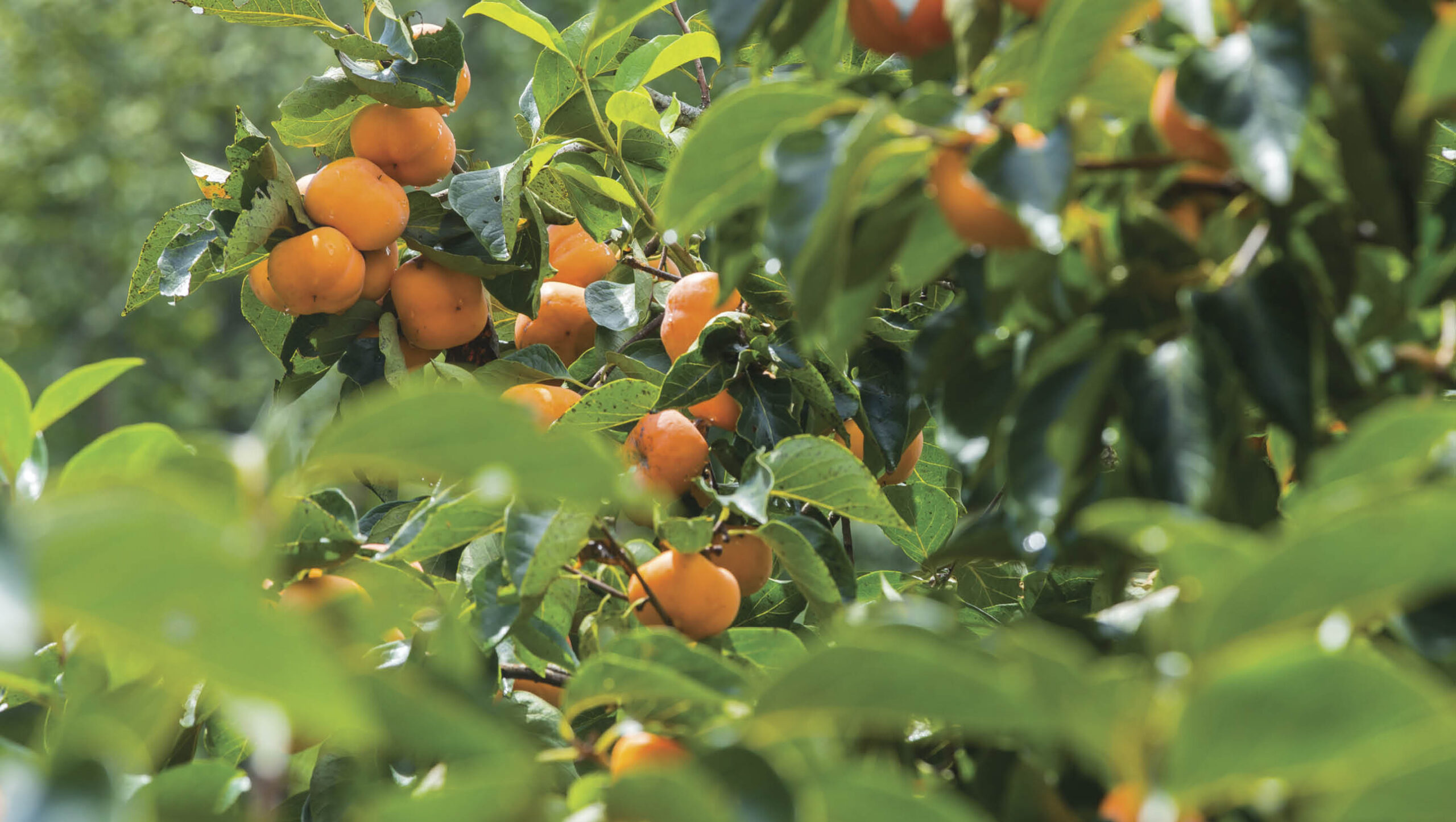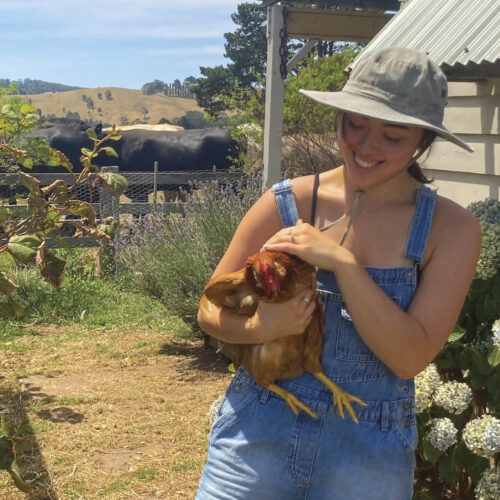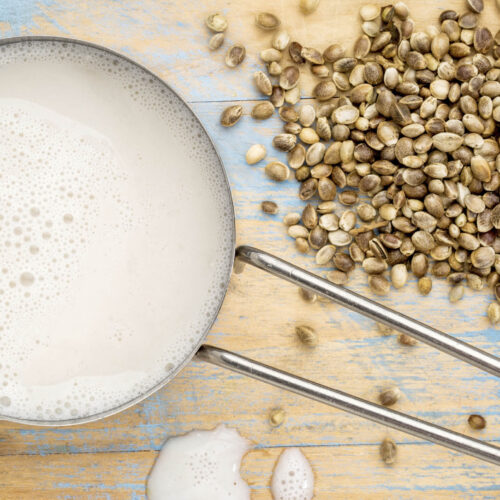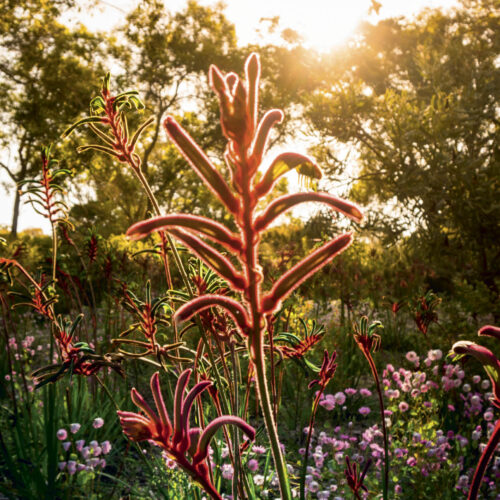Plant for a changing climate
2023-03-15T03:26:05+11:00
We need to plan, and plant, for the changing climate so that we can ensure our gardens are filled with bountiful harvests in the future. These tips from our horticultural experts will help.
Choose organics
Apart from what we grow ourselves organically, we need to look for certified organic products and avoid GMOs designed to be resistant to herbicides leading to an overuse of these chemicals on our precious farmlands.
Also, we can start to mitigate the damage by keeping soil pH above 6. Add lime, kelp, humates and humic acid to help buffer toxins and bring microbial life to the soil. Add rock minerals everywhere to increase minerals. And plant, plant, plant – shrubs, trees and more to help absorb C02.
– Leonie Shanahan
Add diversity
Take note of what’s fruiting at this time of year in other gardens around your area if your own harvest basket is a bit empty. There are many great autumn fruiting species to plant now, such as feijoas, midyim berries, passionfruit, grapes, pomegranate and persimmons. Adding a diverse range of fruiting plants to your garden will help to safeguard your harvest from climate change.
Try growing warm-climate plants to cope with the hotter extremes of climate change. Feijoas produce abundantly over a long period so are great backyard fruits. They fruit better when at least two different varieties are planted near each other, thrive in a sunny, warm position and need little watering to fruit. They can be planted now and will take around 5 years to fruit.
– Karen Sutherland
Planning together
Save seed of your best crops for food security. Any plants with delicious flavour that grew well over summer and showed resistance to pest and disease are perfect for seed saving. These seeds have their own intelligence and will adapt each time you save and replant, becoming even stronger every generation.
Community groups are the backbone of resilience. Be part of, or start a garden-based group in your neighbourhood. They can be based on harvest swapping, seed saving, seed banks, community gardens or holistic health. You can gather together like-minded people to exchange produce, knowledge, ideas, skills and gain friendships, support and stronger bonds. These groups are hugely popular and often have guest speakers.
– Leonie Shanahan
The following articles also give advice that will help you grow for the future:
Start with your soil by Penny Woodward
Grow and save! by Paul West
Pumpkins: the all-season survival food by Jian Liu






